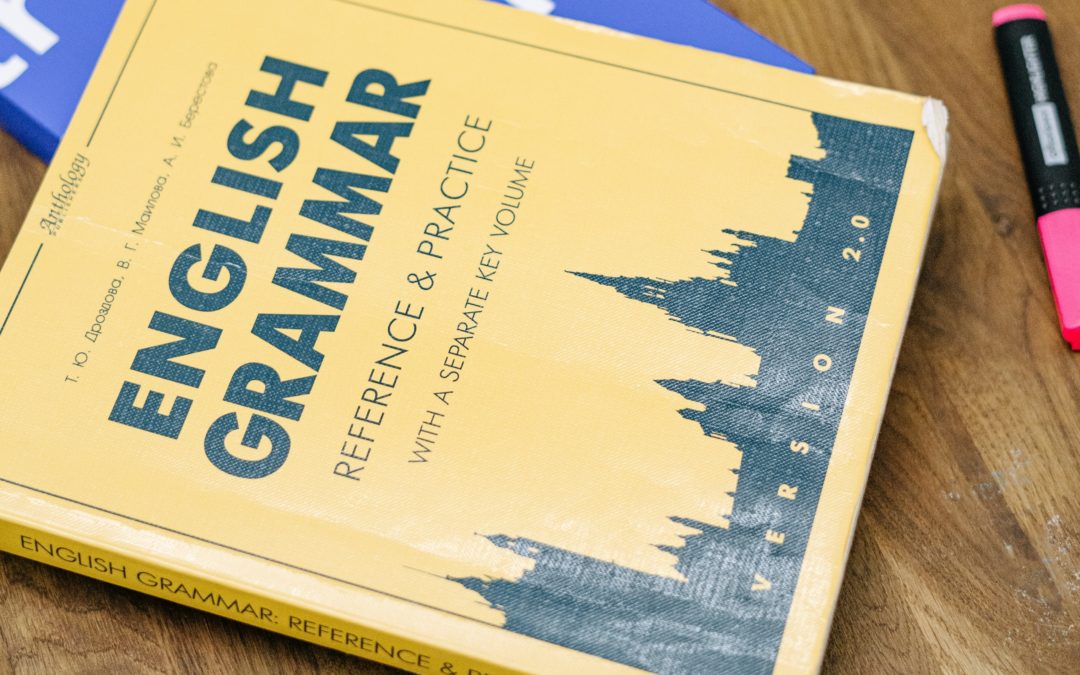I have always liked the semicolon, the cute ocular half of a winky smiley face. While it seems to cause great confusion to many of its would-be users, it is actually a very straightforward punctuation mark, especially if we focus on two easy-to-understand rules that will properly handle nearly every use of a semicolon you will encounter in your writing both professionally and personally.
Semicolon Usage #1: Separating items in a list that already contains commas.
Nearly everyone understands how to use a comma to separate items in a list, so why would you need to use a semicolon for the same function? The following example will provide a clear answer:
This year we will travel to Paris, Texas, Athens, Georgia, and Naples, Florida.
Confusing, right? Will this itinerary find us traveling around the southern part of the United States to cities with European names, or traveling back and forth from the southern part of the United States to Europe? (Yes, I admit that would be a strange trip, but it would be interesting…☺) The point is that when you have a list that already contains commas, using semicolons to separate the complete items in the list will make things clearer, which in the above example would mean adding semicolons after Texas and Georgia so we get this:
This year we will travel to Paris, Texas; Athens, Georgia; and Naples, Florida.
In the above example it was very obvious that there were too many commas. Sometimes, however, the need for semicolons may be less clear because not every item in the list contains additional comma-delineated information. Here is an example:
The recommended candidates are Bill, Shawna, my top pick, Raj, and José, who is new to the company.
Granted, it is not very difficult to understand the above sentence, largely because the example is still a simple one, but the commas are working overtime and not doing a very good job of separating the items so as to make meaning clear, which is why this is better:
The recommended candidates are Bill; Shawna, my top pick; Raj; and José, who is new to the company.
Simple, right? So let’s move on to…
Semicolon Usage #2: Separating two independent clauses that are closely related in idea.
An independent clause is simply the correct grammatical term for what you think of as a sentence, which usually ends with a period, a hard stop.
Have you ever seen It’s a Wonderful Life? If so, remember when Ernie reads the telegram at the end? “Mr. Gower cabled you need cash, stop. My office instructed to advance you up to twenty-five thousand dollars, stop.” That is what a period does. It says “stop.”
A semicolon, on the other hand, is like saying to your reader, “Stick with me. I have a little more to say about this.” In fact, I could have used a semicolon in that example because the thoughts are closely related, and each is expressed as an independent clause or complete sentence. You don’t ever have to use a semicolon this way. You can always separate independent clauses with periods; we do it nearly all the time. But can you see how that semicolon was used to effectively urge the reader on? Just don’t overdo that type of usage.
So there are two simple rules for how to properly use a semicolon. The first rule is non-negotiable, but it is easy to master; the second one is a bit trickier, but you can avoid it altogether. Either way, you should always use it as the cute ocular half of a winky smiley face. 😉
